Grappling for answers: Exploring the process of life skills development in youth mixed martial arts athletes
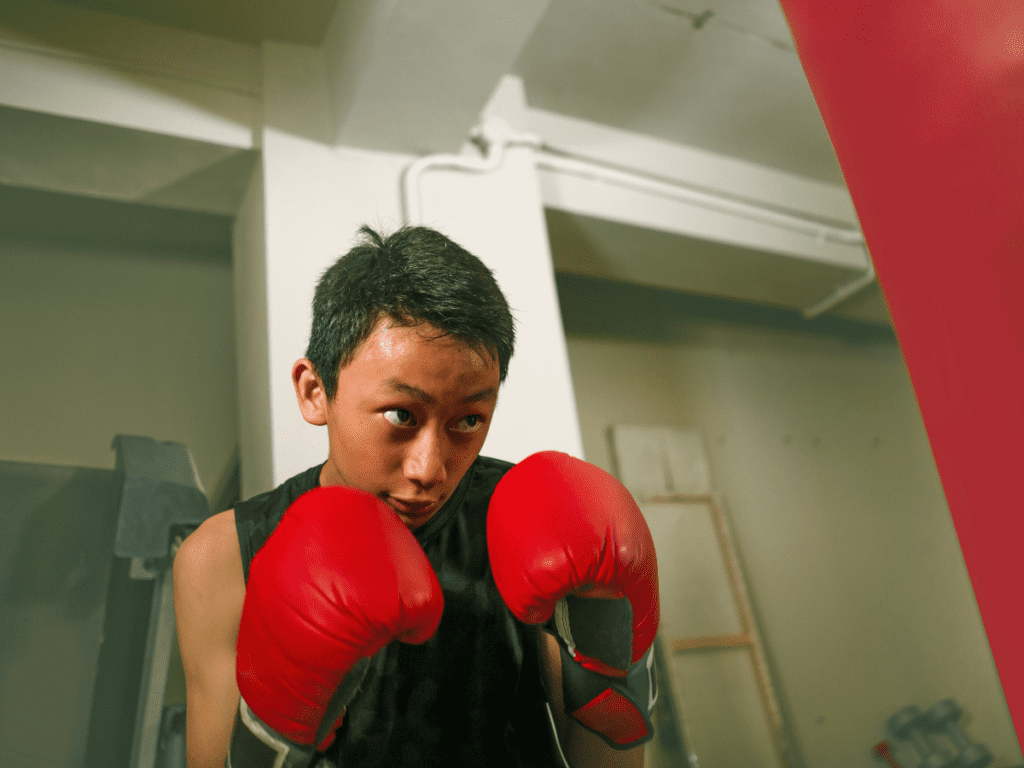
Project summary Mixed Martial Arts (MMA) is a full contact combat sport that integrates striking and grappling techniques from a variety of other combat sports (i.e. martial arts, boxing, sumo, wresting, karate, Brazilian jiu-jitsu, kickboxing, and Tae Kwon Do). MMA was legalized in Ontario in 2013. Immediately, reporters from mainstream and social media began to…
The effects of adolescent physical growth and maturation on selection into sport and the long-term effects on sports participation
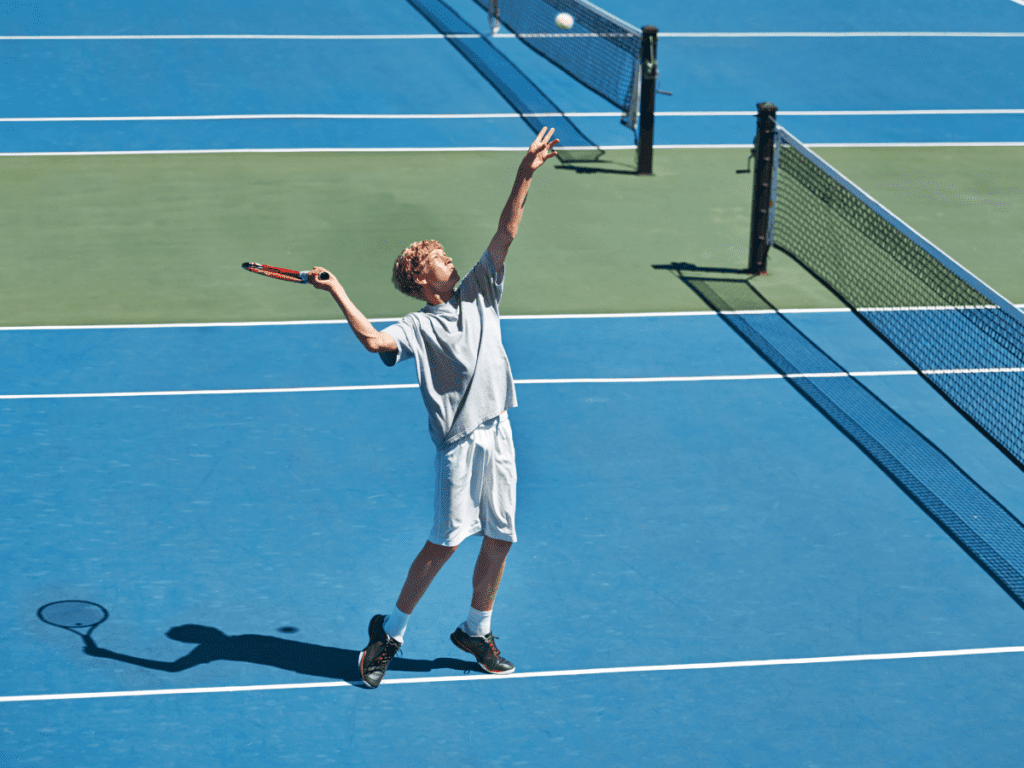
Project summary Sport Canada’s Long Term Athlete Development (LTAD) model acknowledges that there are limitations to ensuring appropriate development of team sports, especially with regards to selecting into chronological age (CA) bands. Adolescent of the same CA can be 4 to 5 years apart developmentally (Biological Age; BA). It’s suggested that late maturation could impede…
“Sideline” physical activity
For busy youth sport parents, finding time for personal sport and physical activity can be difficult. However, engaging in “sideline” physical activity during your child’s practice or game may be one way to counteract the negative effects of sitting and other sedentary elements of the traditional parent–spectator role.
Gamification
Gamification is the use of game techniques, such as the allocation of points and rewards, to provide incentive and fuel the competitive spirit in aspects of life outside of sport. Learn how MLSE LaunchPad has used gamification to support the development of prosocial life skills in the SIRCuit.
Understanding deselection in competitive female youth sport
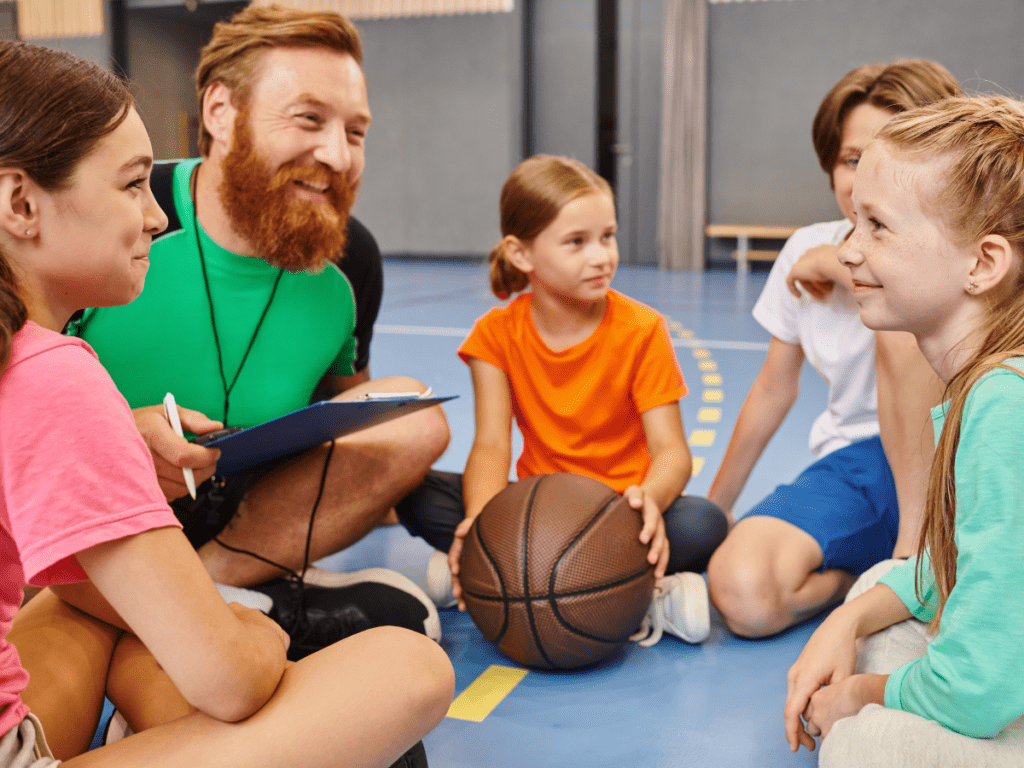
View the summary of this research here. Project summary Deselection (or being “cut”) is the elimination of an athlete from a competitive sport team based on the decisions of a coach. Given the competitive sport structure in Canada, it is inevitable that many athletes will be deselected every year. However, little is known about how…
Get active as a family
Family support is positively associated with children’s physical activity levels. Parents and guardians can facilitate physical activity by encouraging, watching, role modelling, co-participating and attending physical activity events with their kids. Being active as a family encourages life-long physical activity and increases feelings of social support, connectedness and attachment – all important for good mental…
Extracurricular activity involvement in Canada: Relationships with youth development and variations by age, gender and context
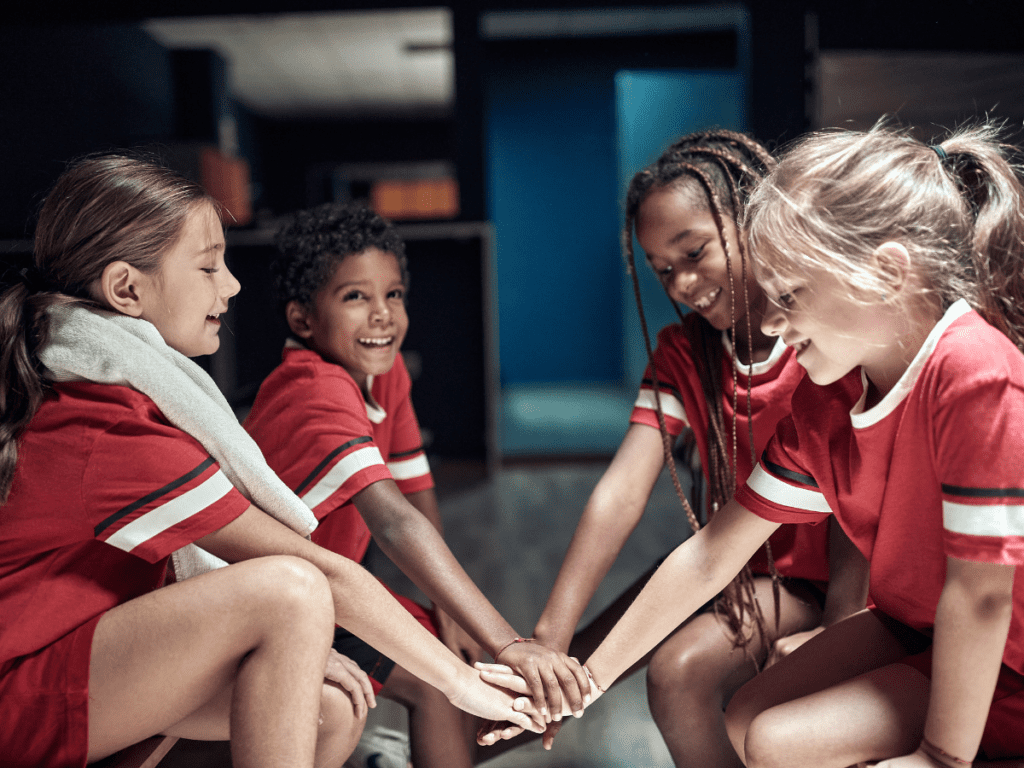
Project summary The purpose of this research was to study extra-curricular activity (ECA) involvement in a broad range of Canadian youth, and to examine how this might vary by age, gender and geographical context (e.g. rural vs. urban settings). Of additional interest was how this participation contributes to positive youth development (PYD) and what intervening…
Imagery use in children’s leisure time physical activities
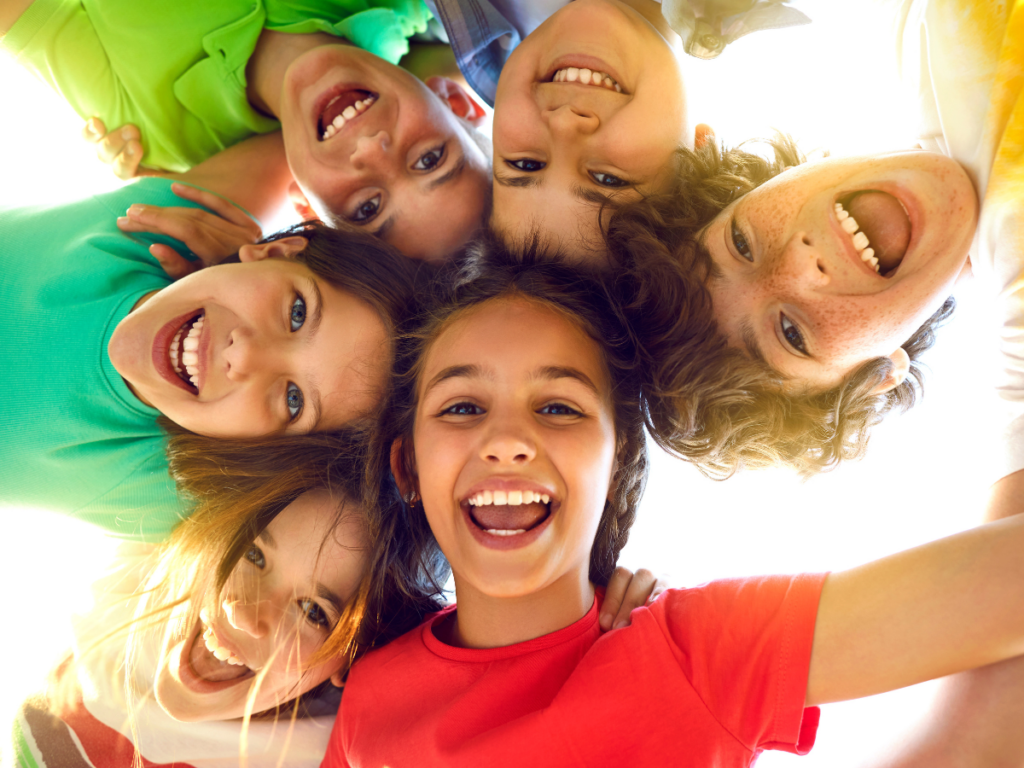
Project summary Given the rate of children’s physical inactivity, it is important to identify strategies that assist individuals in self-regulating their physical activity behaviors. Imagery is one such strategy. Children’s use of imagery has been investigated in sport, but not all children are involved in organized sport. Children may accumulate their daily physical activity and…
Engaging youth in evaluation
“Youth are notoriously difficult to engage in pre- and post-program evaluation. Collecting survey responses can be like catching fish with your hands.” In the SIRCuit, MLSE LaunchPad’s Marika Warner and Bryan Heal share the organization’s innovative approach to engaging youth in program evaluation.
Tri-level mentoring
Tri-level mentoring is a model in which coaches mentor youth leaders who then mentor their peers or younger youth. In this way, the benefits of effective mentorship cascade to influence positive developmental outcomes for all youth involved in programming. Learn more about tri-level mentoring and effective strategies to support youth leadership development in the SIRCuit.